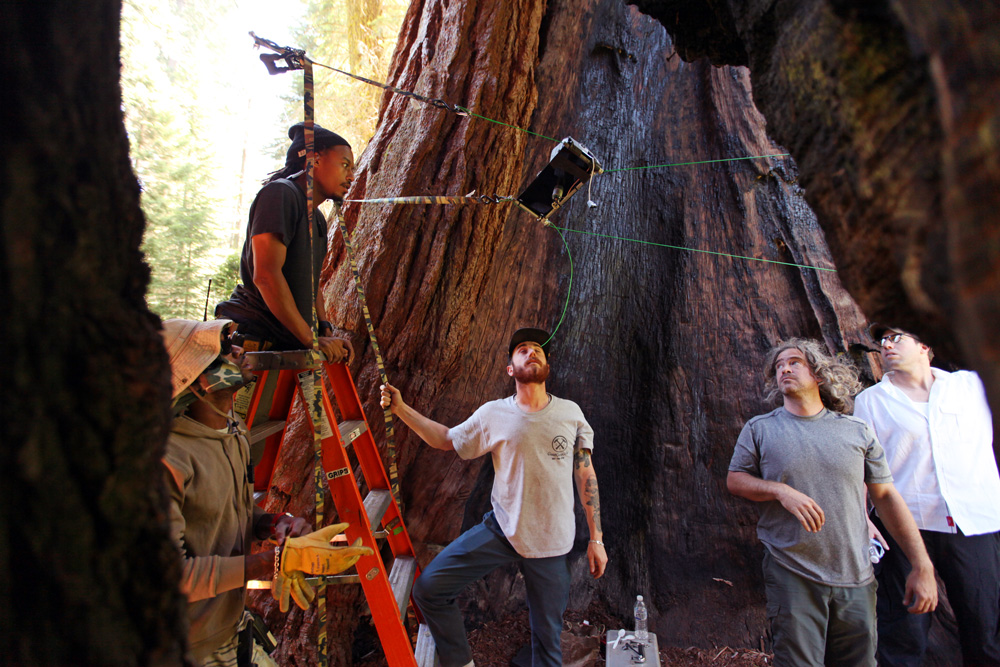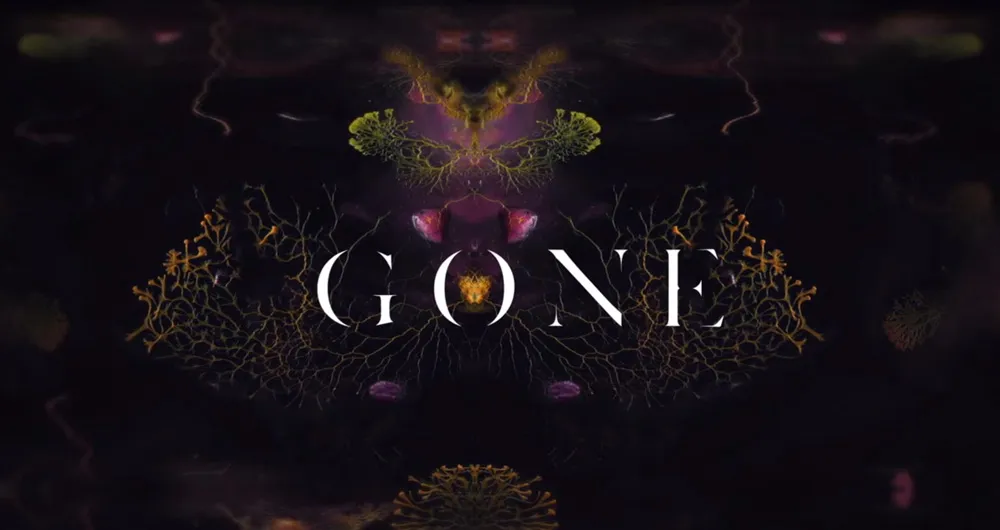It’s every mother’s nightmare. You are watching your kids at the park when you get a text or something else catches your attention for just a moment and, by the time you look back, your child has disappeared. This is the fear that Gone, a new series from Skybound Entertainment (the creators of the popular Walking Dead franchise) and Samsung Milk VR, taps into so well with virtual reality.
A mystery thriller, Gone centers around Meredith Clover, a mother consumed with the search for her missing daughter who disappeared in broad daylight at a park in front of dozens of witnesses. As the series progresses you follow her as she searches for clues to her daughter’s disappearance, but the mystery may go far deeper than she had ever anticipated.
Gone is an evolution of standard 360º video for one important reason — it is interactive. Throughout the series, there will be moments where you will have the ability to gaze and tap on certain “hotspots” in the scene. These hotspots act as clues and are only available for a limited time in the scene.
When a user gazes and taps on one of these hotspots they are ‘hyperwarped’ (for lack of a better word to describe the transition) to that point in the scene. These clue scenes use things like color saturation (which was quite novel and well executed) and directed sound to help focus the user’s attention on the important parts in that particular scene. You can then return to the main scene, which doesn’t pause, by swiping back. The film keeps you from missing too much while you study the clues by pulling you out of a clue-scene before the next major thing happens in the main video.
Gone uses this to its advantage as a storytelling mechanic. Along with a number of small actual clues placed throughout the narrative, there are some false leads as well that are meant to distract you. For example, going into it you likely know that a daughter is going to be kidnapped because that is the focus of the whole show, so they put an obviously creepy Pablo Escobar lookalike somewhere behind Clover in the main scene, even offering a hotspot over by him at some point. Jump to the hotspot and you see that he is just standing there, harmlessly smoking a cigarette.

Even the most immersive and beautifully shot pieces of 360º video lack the ability to impact the scene, leaving you feel somewhat displaced. This works fine for certain passive experiences, but it isn’t nearly as engaging and is something that many would argue isn’t truly VR.
Gone, on the other hand, “is really VR,” says Matt Apfel, Samsung’s VP of Content Strategy.
Produced by Samsung and created in conjunction with Skybound Entertainment and WEVR, the film was conceptualized from the first moment as a piece for VR. “That’s what makes it VR,” says WEVR co-founder Anthony Batt.
“The reason why we say it is native [VR],” says Batt, “is that we thought of it that way from day one. From Skybound’s multi-path scripting to us tearing it down with suggestions on how we could make it ‘more VR’ that’s what makes it VR. Not just that there are exploratory video spots. The whole thing was conceived around the person’s experience watching it.”

Gone is powered by an interactive film technology stack that was developed by WEVR in conjunction with Samsung. On the front end, Milk VR has gotten some updates to support this kind of interactivity in film. On the back end, Samsung and WEVR are each developing tools that will enable creators to make this kind of content for themselves. According to the companies, that back end software will be available sometime early next year.
A trailer for the series is available now in the Samsung Milk VR app on Gear VR and the first episode should be available on Dec. 8.


























